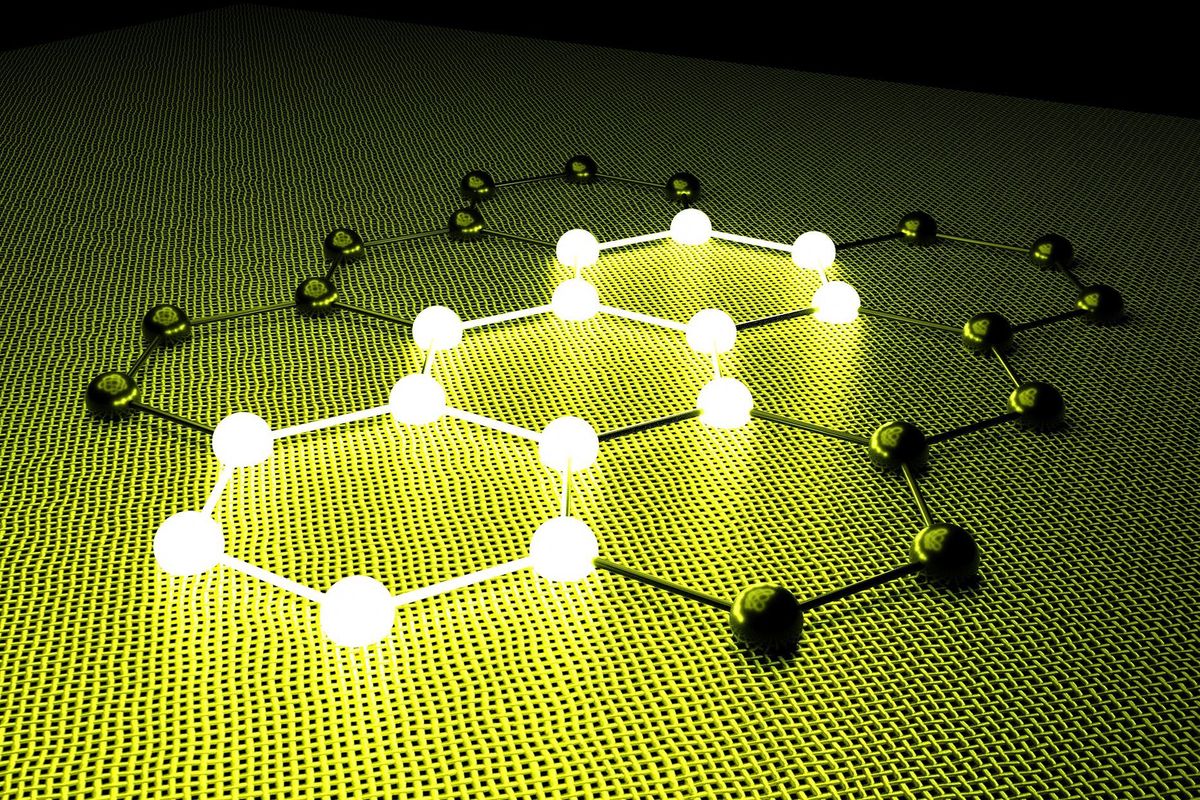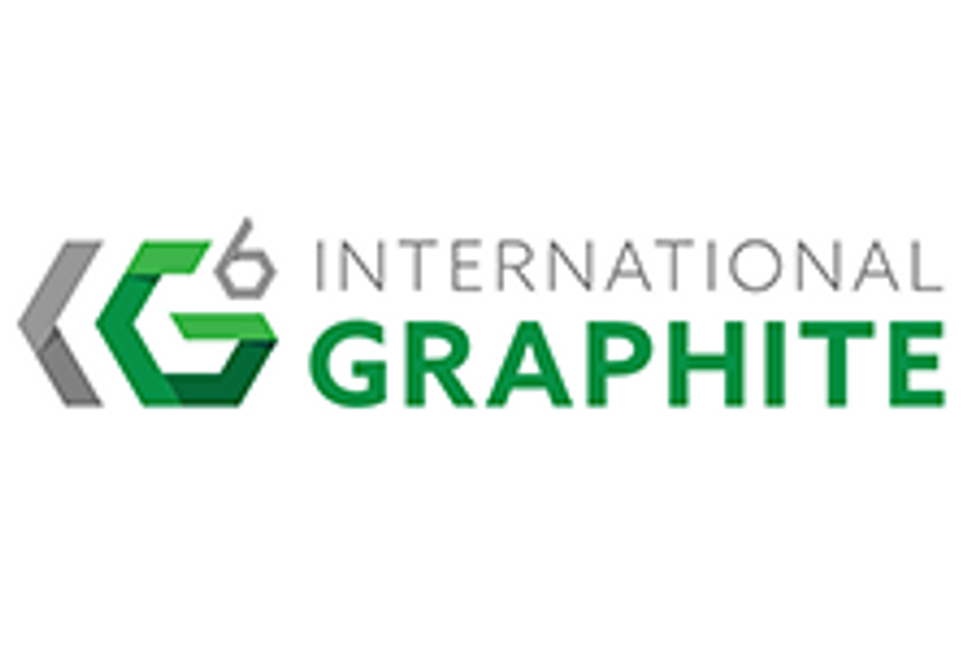Graphite Market Forecast: Top Trends That Will Affect Graphite in 2023
What's ahead for the graphite market in 2023? Read on to learn more about what analysts expect for the year.

Pull quote was provided by Investing News Network client NextSource Materials. This article is not paid-for content.
Graphite is an essential raw material used in electric vehicle (EV) batteries, and as sales of EVs continue to grow, market watchers believe demand for the battery metal will surge.
Despite discussions on battery chemistry changes and new technological breakthroughs, many experts think graphite will remain a dominant element in EV batteries for at least the next decade. Both synthetic graphite and natural graphite, in the form of the intermediate product spherical graphite, are used in the anodes of lithium-ion batteries.
Here the Investing News Network (INN) looks at key trends in the graphite market in 2022 and the graphite forecast for 2023.
How did graphite perform in 2022?
At the end of 2021, analysts were expecting the EV segment to be key for the graphite market going forward, challenging traditional industrial applications as the main driver of demand.
By volume, graphite is one of the most important elements in any EV battery — in total, between 50 and 100 kilograms of graphite, whether synthetic or natural, are present within each vehicle.
Today, synthetic graphite anodes dominate in terms of market share, accounting for approximately 57 percent of the anode market, according to Benchmark Mineral Intelligence. But concerns over the energy intensity of synthetic graphite remains a global challenge when it comes to ramping up supply of this anode material.
“In China, efforts have been concentrated on developing synthetic graphite anode facilities in the southwestern provinces, where renewable energy, particularly hydroelectric power, is more readily available, after energy restrictions in other regions have become a concern,” Benchmark Mineral Intelligence analyst Daisy Jennings-Gray told INN back in June.
Additionally, rising oil prices amid the global energy crisis have given way to concerns over feedstock costs for synthetic graphite. That’s because the favored needle coke feedstock is a by-product of oil refining.
Graphite prices increased over the first few months of 2022, coming off a 2021 that saw most battery raw materials jump. But the last few months of the year saw prices remain muted, with volatility dominating the sector.
“Graphite prices have slipped from their early-2022 highs, reflecting both a resumption of more normal production and shipments from graphite producers in China and Africa, and a significant downturn in demand from the steel industry,” Amy Bennett, principal consultant at Fastmarkets, said in a recently published article.
“Traditional graphite applications have seen sharp declines this year, with global crude steel production volumes tumbling.”
Another trend seen in the entire battery raw material space in 2022 was moves from western governments to decrease dependence on China. The dominance of China in the graphite space is evident, with the Asian country controlling about 64 percent of natural graphite supply, according to data from Benchmark Mineral Intelligence.
“I think we'd be foolish to sit here and say that we're going to displace China overnight. Of all areas of the supply chain, the graphite anode part is where China is the most dominant,” said Andrew Miller, chief operating officer at Benchmark Mineral Intelligence. He sees displacing China as essential but difficult, and believes diversification needs to happen quickly.
In 2021, China remained the world’s largest natural graphite producer, putting out 820,000 metric tons (MT) of the material, significantly higher than the amount it produced in the previous two years. According to the US Geological Survey, the country accounted for 79 percent of world graphite mine output in 2021. Brazil came in second and was followed by Mozambique, with production reaching 68,000 MT and 30,000 MT, respectively.
What is the graphite supply and demand forecast for 2023?
As 2023 begins, graphite and other key battery metals are positioned to benefit from the rise of the EV sector.
The EV industry has been growing over the past two years, with global sales surpassing the 6 million mark in 2021. There is still major upside moving forward, and many forecasts point to a strong market in the coming years as carmakers continue to commit to the electrification of their fleets and governments push towards a green energy transition.
When compared to lithium or nickel, graphite is been overlooked, in part because its industrial uses have always been the main driver for demand — but that might be about to change.
“We're now projecting that by the end of next year, batteries will be the number one leading market for graphite,” Miller said during a keynote presentation at Benchmark Week. “So this is a turning point for the industry.”
In order to meet this unprecedented demand, Benchmark Mineral Intelligence estimates that up to 150 new operations across natural and synthetic graphite are needed by 2035.
“The volume, the rate at which the graphite market has been growing, has particularly accelerated over the last couple of years,” Caspar Rawles, chief data officer at Benchmark Mineral Intelligence, told INN. “We've seen growth rates in 2021 and 2022 at around 40 percent year-over-year.”
Listen to the interview below to learn more about Rawles' thoughts on the anodes and cathodes space in 2023.
“Graphite is the largest component by weight, compared to any other battery raw material that goes in a battery … so each gigawatt hour or megawatt hour of capacity that's deployed has a big impact on graphite,” Rawles said. “And to some extent, while we have seen some investment in new graphite production capacity, it has not been adequate.”
Money needs to start coming urgently now to address the future issues that the industry is facing, as bringing new mines online is not an easy task. “The issue in the extraction is the timeframe to bring that new raw materials to market,” Miller said.
“So when we talk about getting fresh, new raw material out of the ground, the industry needs to start developing those operations today to meet that potential deficit of 2027, 2028," he added.
Despite talks about new technology breakthroughs, Benchmark Mineral Intelligence is forecasting that natural and synthetic graphite anodes will continue to capture the majority of market share up until 2040.
“We really believe that graphite-dominant anodes will continue to capture the majority of market share due to established processing and production technologies at present, meaning automakers have qualified these chemistries into their supply chains,” explained George Miller, senior analyst at Benchmark Mineral Intelligence.
“And this is really combined with favorable cost stability and performance of battery-based anodes.”
Within graphite-based anodes there will be room for both natural and synthetic graphite, but experts agree that the tide will turn in favor of natural graphite. “Although there is currently greater global demand for synthetic anodes, demand for natural anodes is predicted to overtake synthetic this decade,” Miller said.
By 2030, Benchmark Mineral Intelligence is forecasting that natural graphite anode material supply will grow by 95 percent, with demand increasing by 450 percent in the same time period.
Fastmarkets is also expecting both natural and synthetic graphite to be used widely over time.
“However, we are expecting to see rising natural graphite consumption increase to reflect the cost advantage of using natural graphite, as well as at the same time overcoming some of the ESG considerations,” Bennett commented.
All in all, the firm is calling for the natural graphite market to remain largely in deficit until 2025, with the outlook being dependent on increased graphite production, primarily in China and Mozambique.
“The addition of new capacity has already faced significant delays, however, and we expect continued struggles for many new entrants, with an appreciable influx of new supply not expected to hit the market — and to remedy the growing underlying supply/demand imbalance — before 2025,” Bennett said.
Fastmarkets expects to see an increasingly dynamic graphite market in 2023, with notably higher prices next year. “This will reflect both incredible underlying market demand and higher costs associated with graphite production,” she added.
Don’t forget to follow us @INN_Resource for real-time updates!
Securities Disclosure: I, Priscila Barrera, hold no direct investment interest in any company mentioned in this article.
Editorial Disclosure: The Investing News Network does not guarantee the accuracy or thoroughness of the information reported in the interviews it conducts. The opinions expressed in these interviews do not reflect the opinions of the Investing News Network and do not constitute investment advice. All readers are encouraged to perform their own due diligence.
- Graphite Supply Needs to Increase Nearly 500 Percent by 2050 ›
- Natural and Synthetic Graphite to Face Significant Deficit by End of Decade ›
- Graphite Market at a "Turning Point" as Demand for EV Batteries Rises ›
- Graphite Market Update: H1 2022 in Review ›






